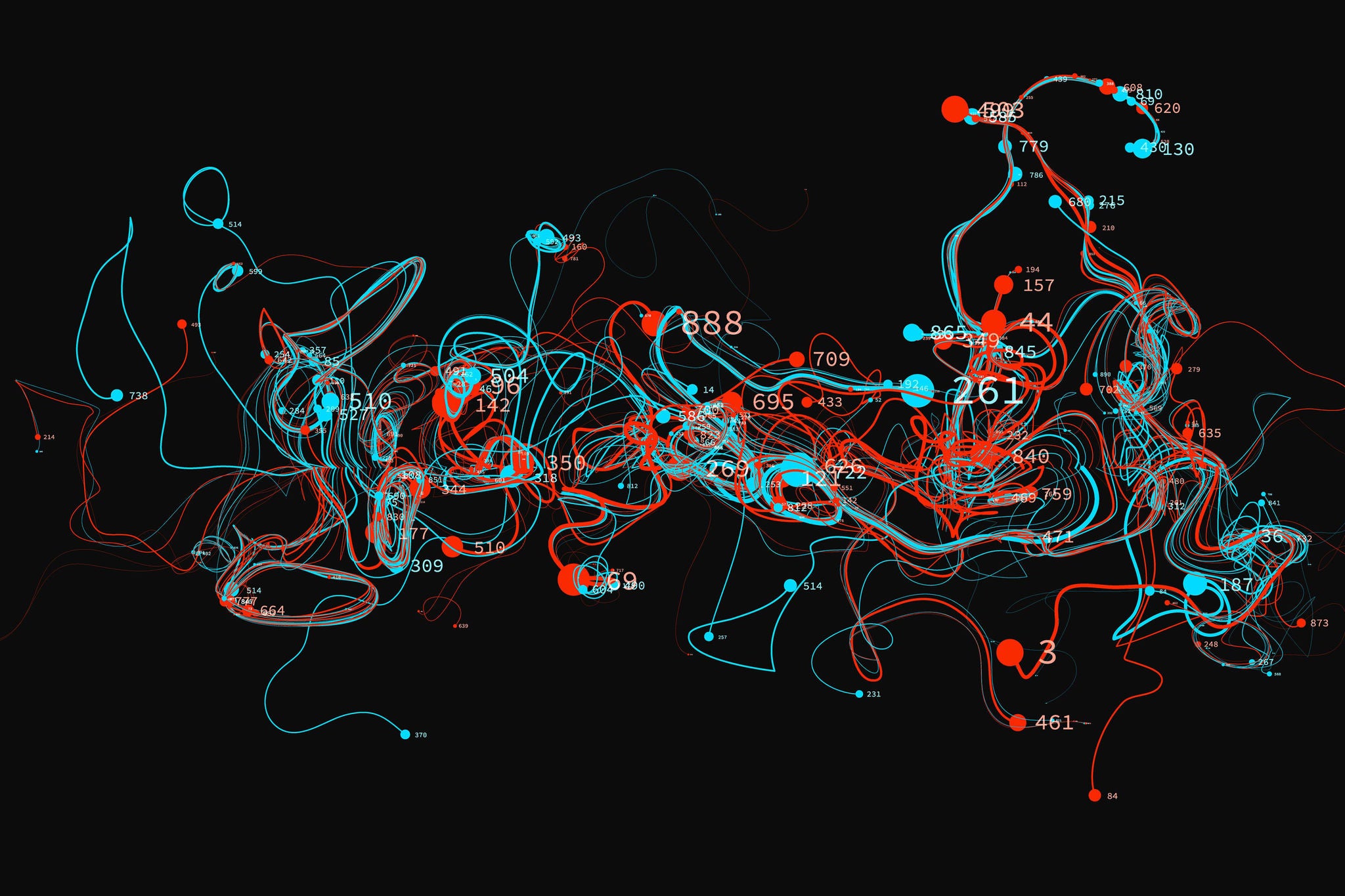When we use data in continous improvement, we can divide data into three groups: operational data, outcomes data and compliance data:
- Operational data measures activities like how many tasks were completed, how many benefits were distributed and how timely the benefits were administered.
- Compliance data verifies adherence to relevant rules, regulations, standards and laws that govern agencies such as HIPPA compliance and quality standards.
- Outcomes data tracks the impact of our activities such as user or client satisfaction, improved health outcomes or food stability, or reduction in poverty.
Each measure requires different perspectives and source data; however, outcomes data is the key yet hardest to track. Outcomes measurement requires long-term commitment, continual analysis and a deep understanding of how to use data sources.
Once an enterprise data culture and infrastructure are developed, the time comes to really put the power of data to use. By nature, government and social services tend to be reactionary entities that don’t come into play in an individual’s life until that person is in crisis and needs help. When individuals and families come to social services for help, the effective use of data can be a crucial tool for delivering services tailored to their needs. But what if we could draw on data to not only improve the experience of human services intervention but also use predictive modeling and data analytics to identify these needs before they even need services?
We know data can make intervention more effective and by harnessing the power of data, agencies can interact with and empower vulnerable populations in groundbreaking, impactful ways. The next level of data use in social services would involve putting a far wider variety of public information to work. It will enable better informed decisions and predictive work of great benefit to families and their communities. There are hurdles: we need to address legitimate concerns about how governments collect and use an individual’s information and operate under the strict legal framework governing use of that data. But these are opportunities, not barriers. There is great potential to use data to make decisions that address immediate needs and to craft impactful, longer-term intervention strategies on the individual and family level.
Today, agencies share some aggregate data, but what if we could do it more? Think of all the information collected at the beginning of school, such as poverty level and free and reduced lunch. What if we could drill that down to the community level and make decisions that are not just based on schools but neighborhoods within school districts? While that kind of aggregation doesn’t violate the law, agencies nevertheless approach it apprehensively and hesitate to put it into action. Some states are implementing this data sharing, but we can go further.
The data agencies need for this transformative change exists, but the risk-averse culture of government agencies prevents that data from being used in the most effective way possible. If we could pool data from disparate sources and analyze that data holistically, we could provide predictive support. When we discover — through, for example, court records, arrest records and other public information — that an individual family is at or on the verge of a crisis point, we can deploy earlier intervention strategies. Court records show the family is about to be evicted. School records indicate the child’s attendance rate has dropped. With that information in hand, caseworkers know they need to act quickly rather than wait for their monthly check-in and can approach that family with solutions for immediate problems and long-term sustainability strategies.
In 2019, research by Ernst & Young LLP and Imperial College London’s Institute of Global Health Innovation explored the use of data and analytics by health and human services providers. A data-driven UK homelessness prevention program illustrates how predictive modeling can protect vulnerable populations by recognizing warning signs of trouble and providing support before the problem becomes insurmountable. In one example, case workers saw a woman facing eviction was eligible for rental assistance and reached out to her through a text alert in time to help her keep her home.
Despite the potential for data to help government agencies make better informed decisions and mobilize resources to keep families from facing catastrophic losses, the public generally feels uneasy about government collection and use of private individuals’ information. And, of course, legal barriers prevent some data sharing, including strict government regulations concerning the use of children’s school information. While government agencies need to operate within the guidelines of the law, they often go beyond the law, approaching legal data sharing with unnecessary caution.
Tension exists between the need for robust data use and government workers’ approach to data. The strict regulatory oversight of government agencies creates hesitancy about sharing data, even when it is legal and beneficial to do so. The first step in resolving that tension is to reframe data sharing as an opportunity, both for government services and for the people they serve. Many states have demonstrated that we can create unique data-sharing agreements that allow us to combine publicly available data with some private information. A public information campaign explaining how governments use citizens’ data, the benefits of using that data and the respect given to the right to privacy could help soothe concerns among the public.




